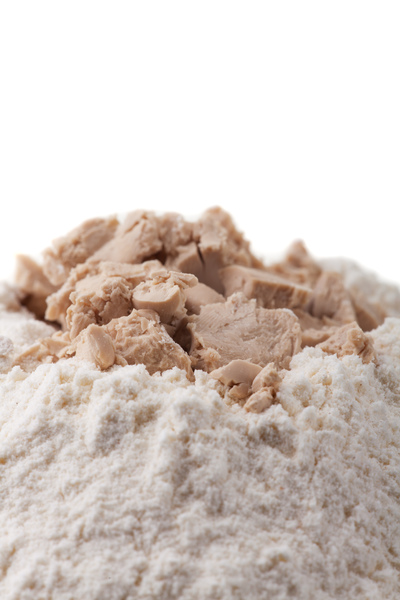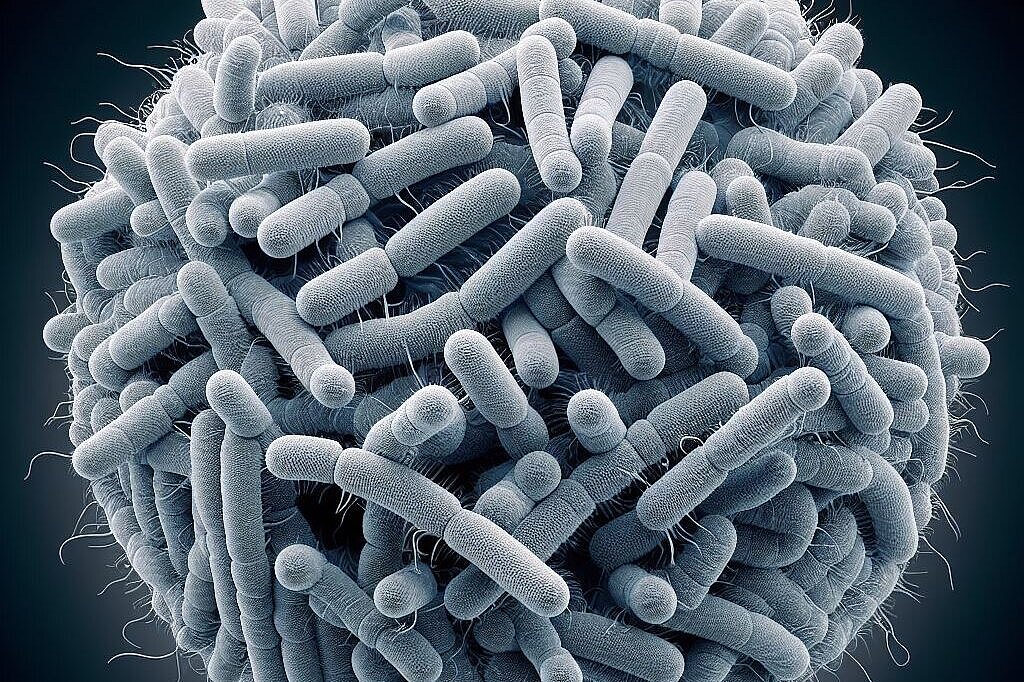Blakeslea trispora

But what exactly is Blakeslea trispora and how can it help or harm your dog? In this article you will learn more about this mushroom and its effects on dogs.
What is Blakeslea trispora?
Blakeslea trispora is a fungus from the stand fungus family. It normally grows on plant material such as fruit or compost. It can produce two different types of carotenoids: β-carotene and lycopene. β-carotene is a precursor to vitamin A, which is important for your dog's vision, skin and coat. Lycopene is a powerful antioxidant that can prevent cell damage caused by free radicals.
How does Blakeslea trispora get into your dog's food?
Blakeslea trispora is grown industrially and fermented to extract carotenoids. These are then used as a natural colorant or food supplement. Blakeslea trispora can therefore be found in various forms in your dog's food: as a powder, oil or capsules. Some manufacturers claim to use Blakeslea trispora to make the food more attractive or nutritious.
What are the benefits of Blakeslea trispora for dogs?
Blakeslea trispora can have several benefits for your dog's health. For one, it can help him get enough vitamin A if he doesn't get it from other sources. A lack of vitamin A can lead to problems with vision, skin or coat. On the other hand, it can help reduce oxidative stress, which can be caused by environmental factors, aging or disease. Oxidative stress can lead to inflammation, cell ageing or cancer. Carotenoids can therefore help to strengthen your dog's immune system and cellular health.
What are the disadvantages of Blakeslea trispora for dogs?
Blakeslea trispora also has some potential disadvantages for dogs. For one thing, overdosing can lead to hypervitaminosis A, which can manifest itself in symptoms such as loss of appetite, vomiting, lethargy or bone damage. You should therefore always pay attention to how much vitamin A your dog is getting from the various sources and stick to the recommended dosage. In addition, some dogs can have allergic reactions that manifest themselves in symptoms such as itching, skin rashes, breathing difficulties or anaphylaxis. You should therefore always pay attention to how your dog reacts to new products.
If you notice any signs of hypersensitivity or poisoning in your dog, you should see your vet immediately. We are not a substitute for a vet, but we try to be as accurate as possible. Every dog reacts differently and we recommend you get a second opinion or consult your vet if in doubt.
Stay healthy and take good care of your four-legged friend!😊
Similar to Blakeslea trispora
Saccharomyces cerevisiae is a unicellular fungus that reproduces by budding. It lives mainly on plants, fruits and cereals, but can also be found in the intestines of humans and animals....
Aspergillus oryzae is a mold that is used in East Asia to crush rice, sweet potatoes and barley to produce alcoholic beverages such as sake and shōchū. It is also used to ferment soybeans to produce...
Lactobacillus acidophilus is a type of bacteria that produces lactic acid. This lactic acid lowers the pH value in the intestine and thus inhibits the growth of harmful bacteria that can cause...
Bifidobacterium bifidum is an anaerobic bacterium, which means that it only grows in the absence of oxygen. It is part of the normal intestinal flora of humans and animals and is mainly found in the...



